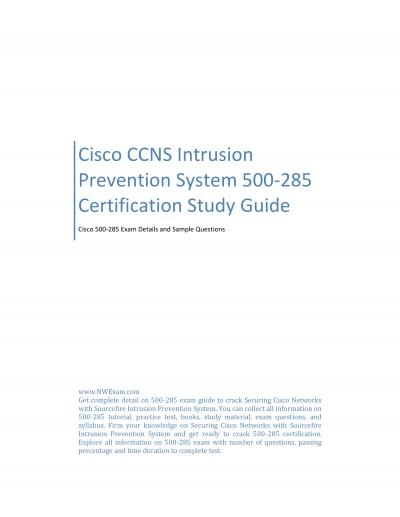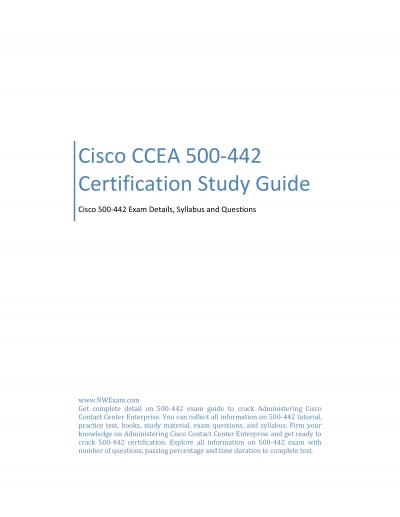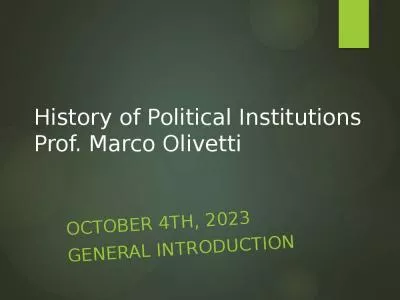PPT-WWS 500 Introduction to American Political Institutions
Author : accompanypepsi | Published Date : 2020-06-16
Session 1 Introduction amp Constitution Charles Cameron Fisher 205 ccameronprincetonedu Course Organization Friday 900950 Session 1 Introduction Constitutional
Presentation Embed Code
Download Presentation
Download Presentation The PPT/PDF document "WWS 500 Introduction to American Politi..." is the property of its rightful owner. Permission is granted to download and print the materials on this website for personal, non-commercial use only, and to display it on your personal computer provided you do not modify the materials and that you retain all copyright notices contained in the materials. By downloading content from our website, you accept the terms of this agreement.
WWS 500 Introduction to American Political Institutions: Transcript
Download Rules Of Document
"WWS 500 Introduction to American Political Institutions"The content belongs to its owner. You may download and print it for personal use, without modification, and keep all copyright notices. By downloading, you agree to these terms.
Related Documents

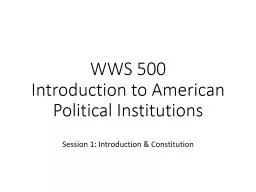
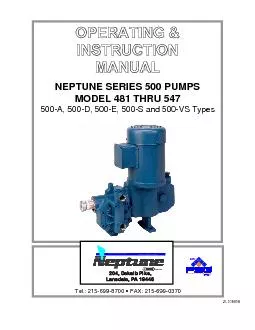



![[New] Get Ready to Crack Cisco 500-052 UCCXD Certification Exam](https://thumbs.docslides.com/990685/new-get-ready-to-crack-cisco-500-052-uccxd-certification-exam.jpg)
![[New] Ace Cisco 500-285 Certification with Cisco CCNS Practice Test](https://thumbs.docslides.com/994858/new-ace-cisco-500-285-certification-with-cisco-ccns-practice-test.jpg)
![Cisco 500-325 CSA Exam: Tips & Tricks to Ace the Exam [2023]](https://thumbs.docslides.com/1013854/cisco-500-325-csa-exam-tips-tricks-to-ace-the-exam-2023.jpg)
